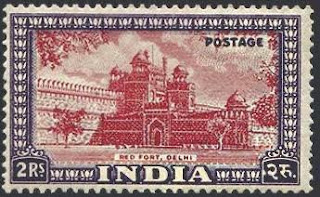The Paris Agreement is a landmark international treaty on climate change adopted by 196 parties at the 21st Conference of the Parties (COP21) of the United Nations Framework Convention on Climate Change (UNFCCC), held in Paris, France, on 12 December 2015. It came into force on 04 November 2016, and its primary objective is to combat climate change by limiting global warming and enhancing global responses to the challenges it poses.
Key Objectives:
Temperature Limit:
- Keep the increase in global average temperature well below 2°C above pre-industrial levels.
- Pursue efforts to limit the temperature rise to 1.5°C, recognizing that this would significantly reduce the risks and impacts of climate change.
Adaptation and Resilience:
- Strengthen the ability of countries to deal with the impacts of climate change.
- Provide financial and technical support to developing nations to enhance climate resilience.
Mitigation:
- Achieve a balance between greenhouse gas (GHG) emissions and removals by carbon sinks in the second half of this century (net-zero emissions).
Features:
Nationally Determined Contributions (NDCs):
Each country submits its own climate action plan, outlining targets to reduce GHG emissions and adapt to climate impacts. These plans are updated every five years to increase ambition.
Transparency and Accountability:
Countries must regularly report on their progress towards their NDCs. A robust transparency framework tracks actions and ensures accountability.
Support for Developing Countries:
The agreement emphasizes providing financial and technical support, especially to vulnerable nations, for mitigation and adaptation.
Financing:
The Paris Agreement calls for mobilizing at least $100 billion annually from developed to developing countries to address climate needs. This target was initially set for 2020 and is now under discussion for higher financial commitments.
Global Impact:
While the agreement has led to widespread commitments from nations to reduce carbon emissions, challenges remain in achieving its goals. Global emissions are still on a trajectory leading to a warming greater than 1.5°C, underscoring the urgency of more ambitious action.









